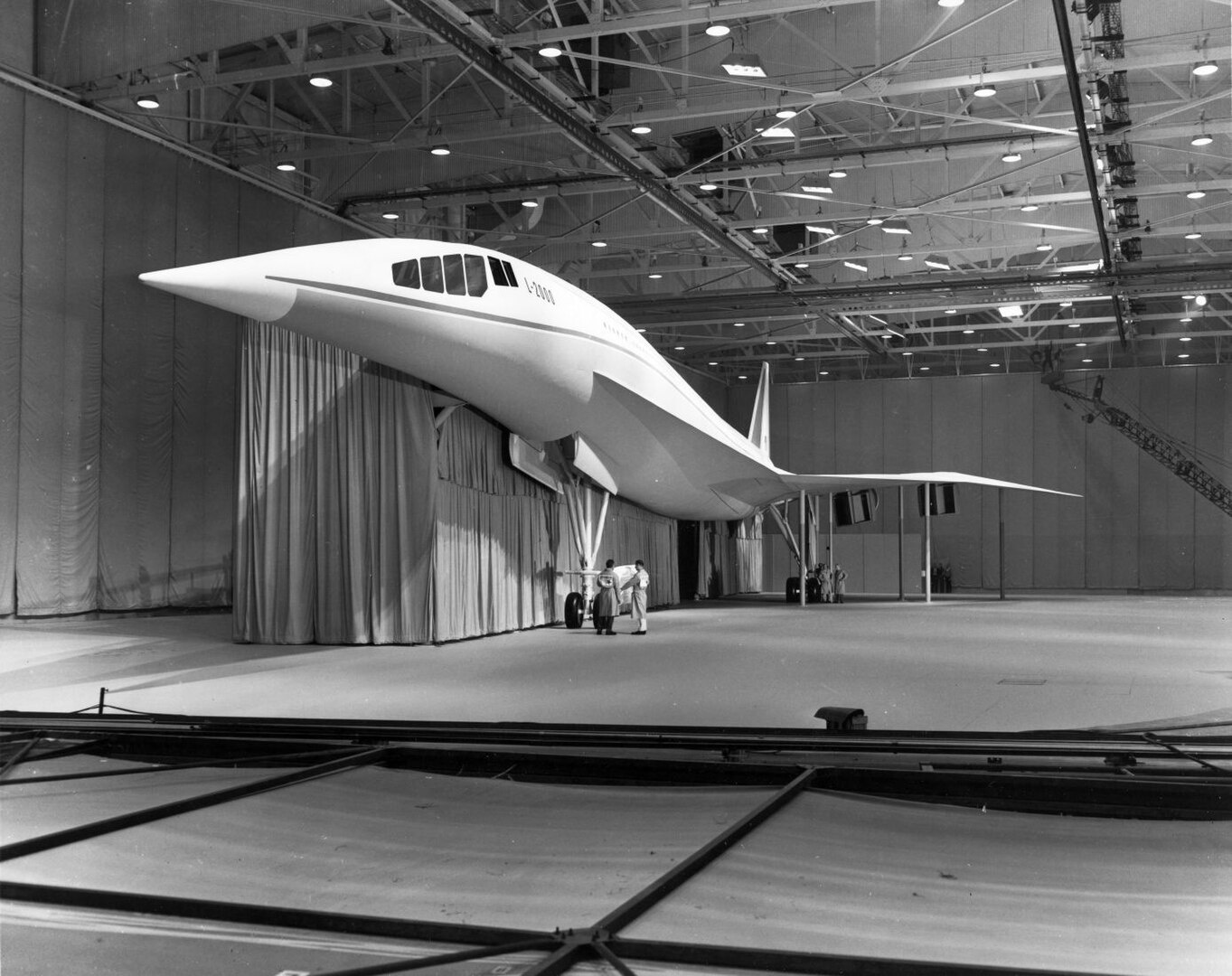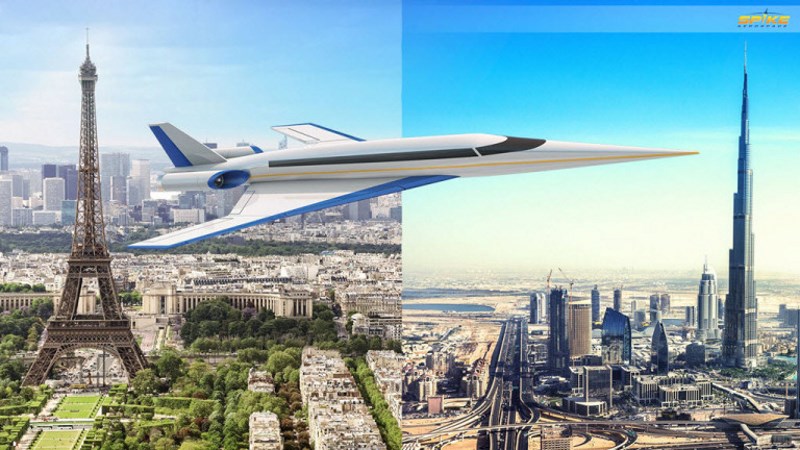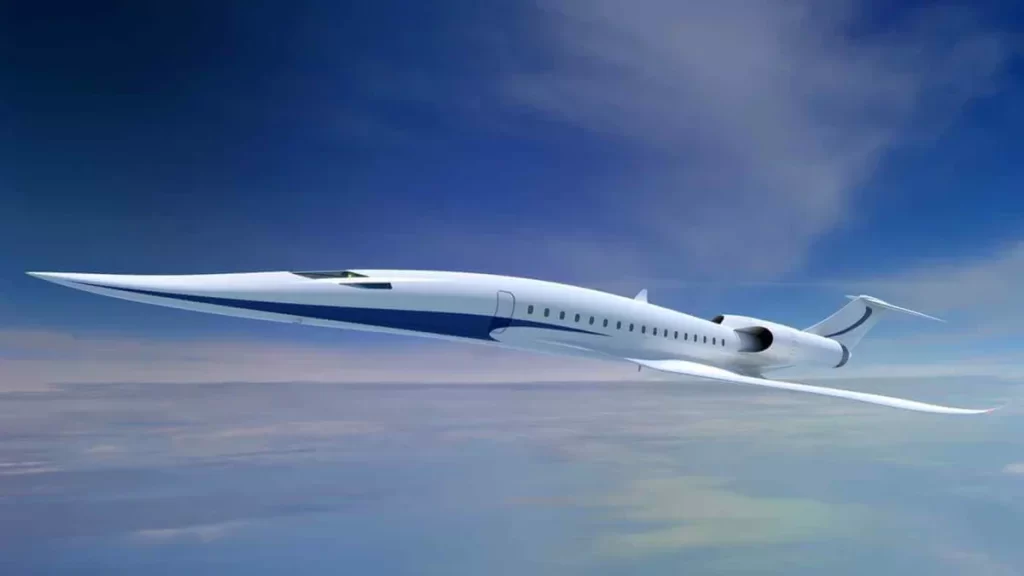The legendary Concorde is set to make a high-speed comeback by 2026, fifty years after its first groundbreaking flight—a move that could redefine luxury air travel as we know it.
Supersonic Travel, Reinvented for the Future
Aviation startup Fly-Concorde Limited has announced plans to revive the Concorde as the world’s first next-generation supersonic passenger jet. Backed by a landmark U.S. executive order, the company is poised to operate high-speed routes across the U.S.—thanks to a historic policy shift that clears the way for overland supersonic travel.
This change eliminates decades-old restrictions tied to sonic booms and environmental concerns, positioning the U.S. as a global leader in sustainable aerospace innovation.
A Sleeker, Greener Concorde
Unlike its 20th-century predecessor, the new Concorde is engineered with lightweight composite materials, making it 50% lighter and far more efficient. Powered by Sustainable Aviation Fuel (SAF), it promises an 80% reduction in emissions.
Flying at an altitude of 60,000 feet—nearly twice that of conventional jets—the aircraft will deliver a faster, quieter, and cleaner experience than ever before, all while maintaining its iconic delta-wing silhouette.
Inside the Jet: Quiet Luxury Meets Cutting-Edge Tech
The redesigned cabin will feature a minimalist Japanese-inspired aesthetic, developed in collaboration with renowned sustainable architects. From noise-canceling propulsion systems to data-rich smart seating, every detail reflects decades of aerospace R&D.

A Brief Look Back
First launched in 1973, the original Concorde—developed by British Airways and Air France—could cruise at Mach 2.04 (2,179 km/h), slashing transatlantic flight times in half. It connected London, Paris, and New York in record time but was eventually grounded due to high operational costs, noise restrictions, and limited route viability.
Both airlines retired their fleets in 2003, marking the end of supersonic commercial flight—until now.




